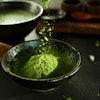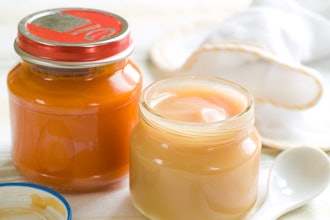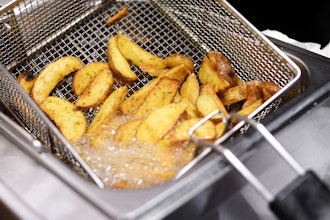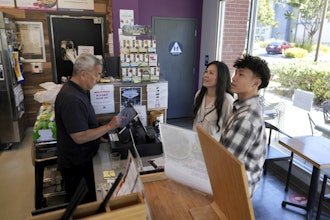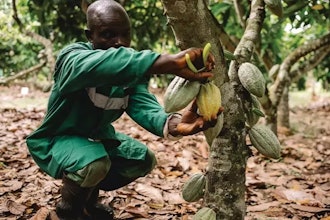If you like your coffee with natural vanilla and cocoa you may need to switch to tea in the future, as some of our most beloved tastes are being threatened by climate change. Climate change will impact us on many levels, from creating droughts to causing more rain, changing temperatures and rising sea levels. Humans have mastered the cultivation of many herbs and spices for hundreds of years, yet nearly all of them are highly adopted to very local conditions. Climate change threatens those very sensitive conditions.
Coffee and cocoa are two of the more closely researched foods. Coffee needs a constant temperature, constant rain, shade and rich soils. The rich tasting Arabica variants are especially sensitive to even the smallest temperature changes. No wonder the impact of climate change can already be felt in the coffee industry. Costa Rica, India, and Ethiopia all have seen a dramatic decline in yields. Coffee prices between 1990 and 2014 rose by 3.7 percent annually, but with a high volatility and huge price jumps of +/- 30 percent, according to the International Coffee Organization. Cultivation is becoming more difficult and expensive, causing coffee cultivators to have to breed-in more robust variants. We may not completely run out of coffee but we could potentially run out of the better tasting variants.
The cocoa market will likely be impacted by 2025, when the conditions of the main production sites along the Equator in Côte d'Ivoire, Ghana and Indonesia will change. Cocoa plants need shade with high temperatures and are very sensitive to soil water deficiency. Prices grew on a yearly average by more than 7 percent between 2005 and 2015 and fluctuated +/- 30 percent in the last 10 years, according to International Cocoa Organization. As cocoa is geographically very limited and mainly cultivated by small-scale farmers, it will take some effort and much more sustainability to save this taste.
While coffee and cocoa may run out of suitable crop areas, vanilla is a story of concentration and climate change. Vanilla is a twine and needs not only bigger trees and shade, but a humid tropical climate between 24-30 degrees Celsius as well. Madagascar produces 80% of the worlds vanilla and currently dominates the world wide vanilla trade. The price of vanilla almost tripled in early 2016, when the last lots from the 2015 Madagascar season came to the market. As the insects for pollination of vanilla are absent outside Central America, humans have to pollinate the plants, which is hard and labor-intensive work. The yields fluctuate very strongly with annual weather changes and the overall climate changes will certainly lead to an even higher volatility, as islands such as Madagascar are very sensitive to changes in wind and water temperatures. Certainly, other countries may take over cultivation but the special conditions of labor-intensive work and climate needs are not easily built up.
It’s not just coffee, cocoa and vanilla that are at risk of disappearing from the supply chain thanks to climate change. Several others are currently at risk as well, including:
Spices are a cultural heritage
Besides the more extreme weather events, these ongoing changes will influence global trade and supply chain and companies should be prepared for more volatility and surprises. Certainly climate change will have downsides in those local communities that have to adapt and sometimes may even lose their favorite crop altogether. As food companies learn to deal with this increased uncertainty, they should start taking action and responsibility by investing in sustainability and fair trade. This will not only influence the quality of their supply more directly but it’s also a way to leverage the very emotional attachments we all have to create a better life for local farmers, while increasing customer experience and loyalty.
There is more to food than just eating what is getting us up and running. All of these at risk spices and foods are part of our diverse, cultural heritage and we should try to preserve them as much as we do our archeological sites. Certainly I don’t want to do drink my coffee without vanilla and cinnamon.
Here are four steps for creating a spicy supply chain:
- Build up a risk assessment of your supply chain by identifying climate change risks and bottlenecks in production and logistics
- Enhance the reaction-time of your supplier network for a fast on-boarding of suppliers based on local needs or disruptions
- Monitor trade statistics and fsense and react to potential disruptions and short-term changes
- Inform your consumers about sustainability issues around natural foods and support fair trade and sustainability efforts




